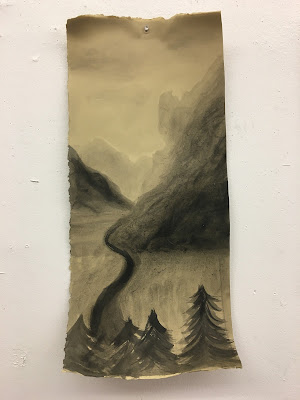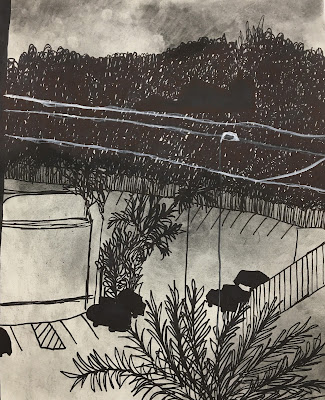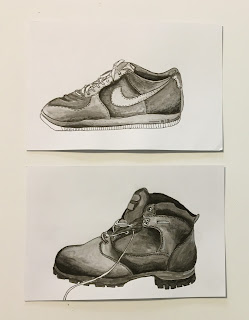This diagram of the 'Brookes' slave ship is probably the most widely copied and powerful image used by those campaigning to abolish the slave trade in the late 18th century. Created in 1787, the image illustrates how enslaved Africans were transported to the Americas and depicts a slave ship loaded to its full capacity – 454 people crammed into the hold. The 'Brookes' sailed the passage from Liverpool via the west coast of Africa to islands in the Caribbean.
Thomas Clarkson commented in his History of the Rise, Progress, and Accomplishment of the Abolition of the African Slave Trade (1808) that the 'print seemed to make an instantaneous impression of horror upon all who saw it, and was therefore instrumental, in consequence of the wide circulation given it, in serving the cause of the injured Africans'. By April 1787, the diagram was widely known across the UK appearing in newspapers, pamphlets, books and even posters pasted on the walls of coffee-houses and taverns. An image had rarely been used as a campaigning tool in this way before.
In the late 18th century, demand for luxury goods among rich and poor alike grew rapidly. Popular commodities such as tea and coffee, sugar, tobacco and cotton clothing were all produced by enslaved labour in the plantations of the Americas. This booming demand in turn acted as a stimulus to the transatlantic slave trade. Though the exact human toll will never be known, perhaps 2,500,000 enslaved Africans perished in the unimaginable conditions on the ships that crossed between Africa and colonies in the Americas between the 16th and 18th centuries. -British Library https://www.bl.uk/collection-items/diagram-of-the-brookes-slave-ship









































